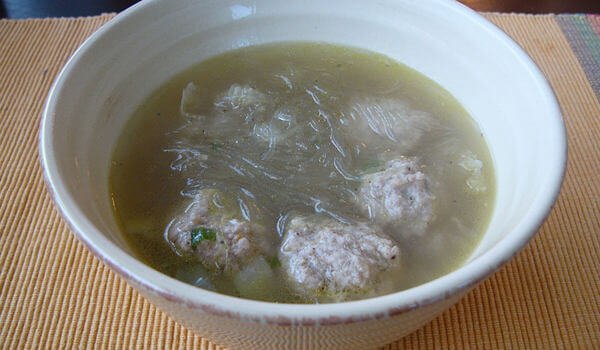Every time we travel to Kalimantan to source disused ironwood, we see wooden towers often made of precious ironwood, concrete, steel or a mix of any of these materials. They popped everywhere in the area, creating noisy villages in many areas, but most importantly, environmental and ethical challenges.
Nestled on the island of Borneo, Kalimantan is a region where culture and nature come together in unexpected ways. Among the unique practices found in this Indonesian province is the harvesting of bird's nests.
While it may not be rooted in deep cultural traditions, the collection of these nests holds a distinct place in the local culture and economy.
Harvesting Bird's Nests: An Unconventional Practice
The heart of this practice lies in the collection of bird's nests created by swiftlets, small birds known for building nests using their saliva. Swiftlets construct their nests in caves, cliffs, and occasionally man-made structures in Kalimantan. The process of collecting these nests involves precision and adventure, as collectors often venture to remote and elevated locations.
Culinary Delights and Medicinal Elixir
One of the most captivating aspects of harvesting bird's nests is their use in cuisine and traditional medicine. While not deeply rooted in local tradition, the “Caviar of the East” is highly prized in various Asian cultures, particularly in Chinese cuisine. These nests are used to prepare delicacies like bird's nest soup and a variety of desserts. Their unique gelatinous texture adds a distinctive touch to these dishes.
Beyond culinary delights, bird's nests are also valued for their potential medicinal properties. Traditional Chinese medicine touts their benefits, including improved respiratory health, enhanced skin condition, and immune system support. Bird's nests are transformed into tonics and remedies, attracting those seeking their health-boosting potential.
Commercial Trade and Challenges
The commercial demand for bird's nests has led to a bustling trade in Kalimantan. These nests command high prices in international markets, but this demand has occasionally resulted in overharvesting and environmental concerns. Irresponsible collection practices can negatively impact swiftlet populations and their habitats.
Cave and Nest Management
Efforts have emerged to regulate and manage the collection of bird's nests to ensure their sustainability and protect swiftlet populations. Initiatives aim to control the number of nests harvested, safeguard swiftlet habitats, and implement conservation measures. These actions are essential to strike a balance between preserving the practice and safeguarding the environment.
Cultural Significance
While the practice of harvesting bird's nests is not deeply rooted in cultural traditions, it has acquired significance in some local communities over time. It is not bound by history but rather driven by the economic and culinary appeal, and it has become an unexpected part of Kalimantan's identity.
The harvesting of bird's nests in Kalimantan may not be a deeply entrenched tradition, but it offers a unique blend of culture, culinary excellence, and environmental considerations. As this practice continues to evolve and adapt, it is crucial to find a balance between economic interests and ecological responsibility. Sustainable and regulated practices are essential to ensure the preservation of swiftlet populations and their habitats, making the unconventional tradition of harvesting bird's nests an unexpected but vibrant aspect of Kalimantan's culture and natural heritage.





